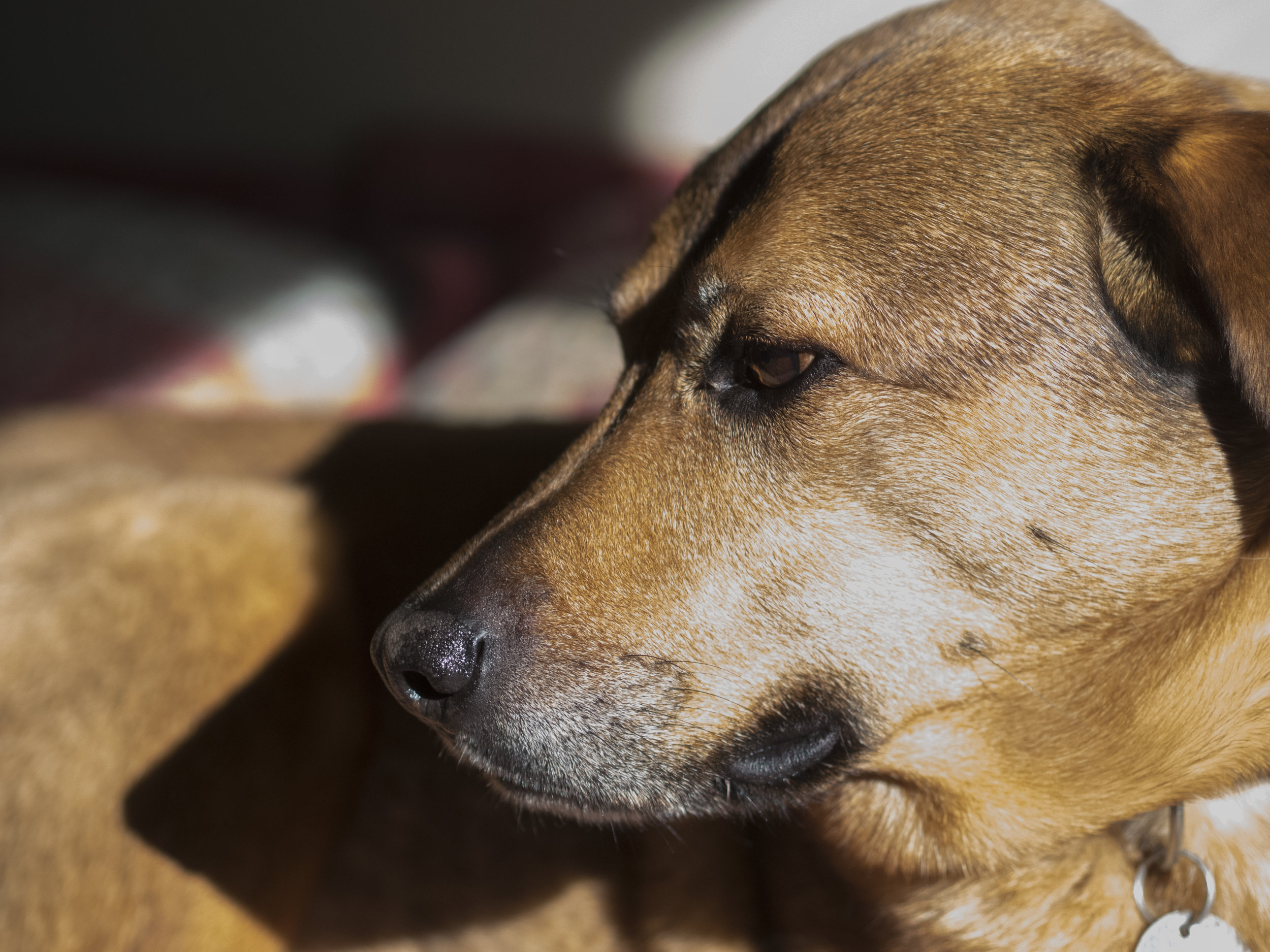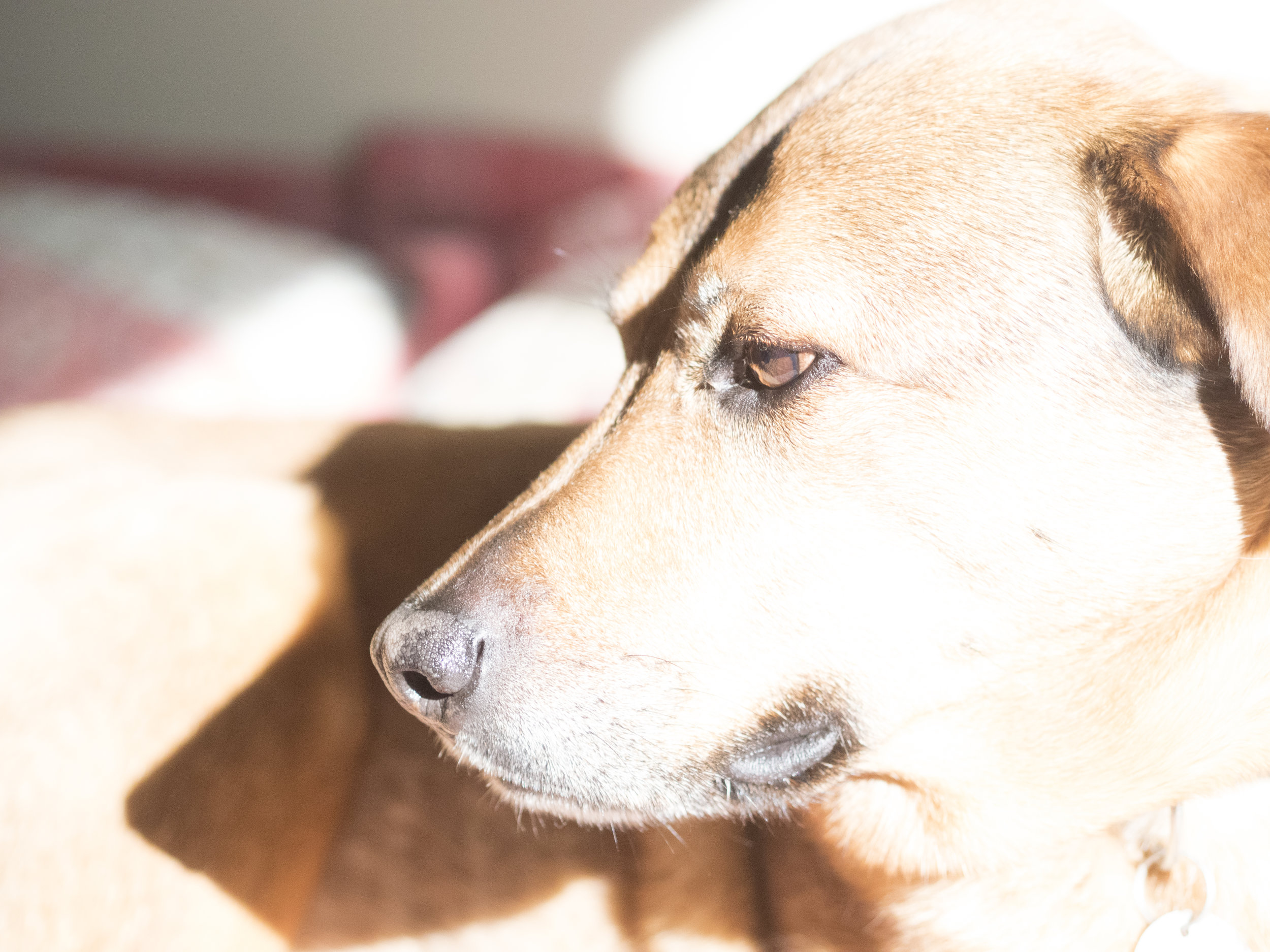I just came across another good example of an image changing "shape" when turned to mono.
Pen F 45mm f4
In the image above, the two men are simply and clearly placed in the centre of the frame, their expressions and poses are the photo. Black and white can get a message across very clearly, but the down side is the relative two dimensionality of the image.
The second image shows the effect colour can have. Even though the two men are the main subject still, their message is diluted by, or inclusive of, the colour elements of the image. The red letter box (slightly darkened in post), the rusty sign, the red gum boots, blue shorts and the yellow of the cart and crate all stake their place in the image. Even the relatively insignificant logo on the chest of the man on the left jumps out more in red rather than grey. If these things were important to the story being told or they created a sense of depth, then they would be useful. In this case, they are, I feel, simply distractions to the central message, although the red and yellow elements do balance themselves out well enough.
Which do you prefer? It matters not. We are all entitled to like either, both or neither. My favourite (against the norm) is the mono one. Well at the moment anyway.































